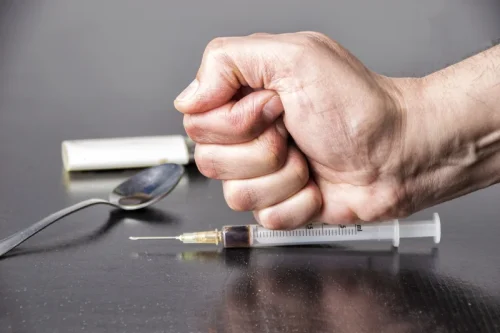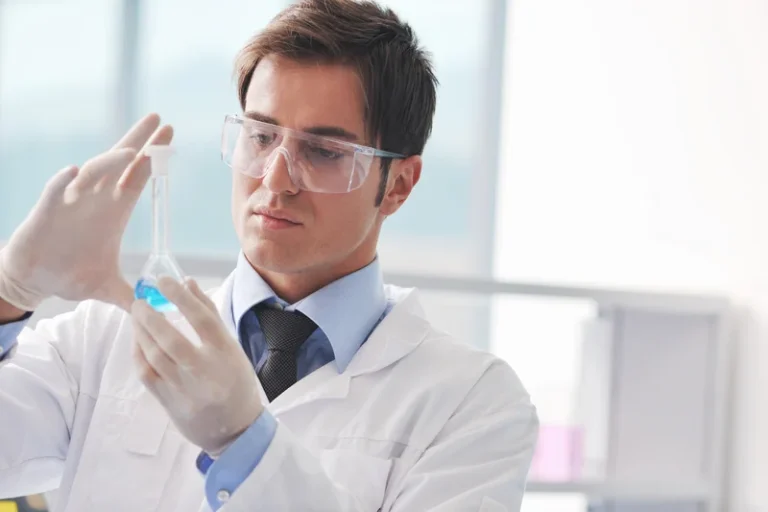Alcoholic Nose: Can Alcohol Cause Rhinophyma? Signs & Treatment
Alcoholic Nose: Can Alcohol Cause Rhinophyma? Signs & Treatment
May 10, 2021 Comments Off on Alcoholic Nose: Can Alcohol Cause Rhinophyma? Signs & Treatment
Larger nodules can develop, contributing to a more irregular surface texture. Hyperplasia of the sebaceous glands, which are responsible for oil production in the skin, is also implicated in rhinophyma’s development. This hyperactivity leads to the nose’s characteristic enlarged, nodular appearance. Treatment options for rhinophyma typically involve medical therapies and surgical interventions.
- People with fair or light skin tone, or those with a family history of rosacea, are more likely to develop rhinophyma.
- Treating rhinophyma tends to be a two-fold process, depending on how advanced the case is.
- Only surgery can fix the deformity after rhinophyma has progressed to a certain level.
- These are done to manage symptoms and improve the appearance of the nose.
- While this study disproved the theory that alcohol use causes Rhinophyma (alcoholic nose), researchers could not uncover what did cause rhinophyma in their patients.
Side Effects of Rhinophyma
Although alcohol does not directly cause this condition, research indicates that it may exacerbate the severity of rhinophyma symptoms. While it’s true that alcohol use may trigger rosacea flare-ups, this does not mean that every person with rosacea will automatically develop rhinophyma. It is an extreme side effect only experienced by a small percentage of people who suffer from rosacea. That being said, someone who already has rhinophyma may find their condition is worsened by drinking alcohol. In the past, and even in modern times, rhinophyma was largely considered to be a side-effect of alcoholism or alcohol use disorder.
- It may be completed with a scalpel, laser resurfacing, dermabrasion, or via cryosurgery.
- Doctors theorize it’s because of an additional chemical in red wine that also works to enlarge blood vessels, letting far more blood than usual flow to the skin’s surface.
- The condition is seen as a deformity that can lower self-image and reduce overall confidence in those affected.
- Therapy can help you learn how to build healthy relationships and better communicate with loved ones and peers.
Causes of rhinophyma or “alcoholic nose”
- Individuals with rhinophyma are at risk for skin cancer within the affected tissue.
- While it’s true that chronic alcohol abuse can lead to many health problems, there is no definitive evidence that drinking alcohol causes the so-called alcoholic nose.
- If you’re struggling with alcohol addiction, many treatment options are available.
These may include avoiding known rosacea triggers and implementing skincare routines that minimize irritation and support skin health. Additionally, the sebaceous (oil) glands in the nasal skin enlarge, leading to an oily or greasy complexion. Prominent blood vessels may also surface, exacerbating the redness and contributing to a swollen appearance. Alcohol use can worsen a red nose, also known as rhinophyma, but doesn’t cause it to occur.

What Are the Origins of Drinkers Nose?
As discussed above, rosacea can be a main contributing factor to redness and flushing of the cheeks. To understand how rosacea can lead to rhinophyma, it’s important to understand what rosacea is, its symptoms, and how it develops. Rhinophyma is typically diagnosed based on a physical examination by your local medical doctor or dermatologist.
Alcoholic Nose Treatment
We work with you to build a custom plan towards sobriety, rather than the “one-size-fits-all” plans found in most clinic environments. This misunderstanding has contributed to the stigma surrounding the condition. People with alcohol noses often face judgment based on their appearance, which can lead to feelings of shame or embarrassment.
If the condition is severe, a doctor may recommend a course of antibiotics or steroid medications. Alcohol is an irritating substance that causes inflammation in the skin, leading to redness, bumps, and swelling around the nose. Alcohol also decreases blood flow to the affected area, making it more difficult for skin cells to heal, further exacerbating this visual effect. Long-term alcohol use can even lead to permanent facial changes such as thicker/larger pores and visible veins near the nose due to broken capillaries.
The Stigma of Rhinophyma or Alcoholic Nose
If left untreated, infections may develop due to trapped bacteria in the skin. “Rhinophyma–diagnosis and treatment.” Polish Journal of Otolaryngology, 2004. If you or a loved one is struggling with addiction, our expert team is here to guide you every step of the way. The CIWA Assessment scale is a validated assessment tool comprising 10 items, used to measure the intensity of an individual’s symptoms during alcohol withdrawal. Drugs may successfully treat less intense cases and different subtypes of rosacea. It slowly forms over years and is marijuana addiction thought to result from inadequately treated or non-treated rosacea.

Drinking can increase the effects of existing rosacea and may increase the risk of this condition developing. However, many people who use alcohol heavily do not develop rosacea, and alcohol nose images rosacea does often occur in people who do not drink alcohol or only use it in moderation. Other alcoholism nose treatments can include nasal sprays, antihistamines, and decongestants.

Dr. Ali Nikbakht, LMFT, PsyD, Medical Reviewer

They can help you understand the risks and recommend substance abuse treatment. It seems to involve a mix of problems with how blood vessels and nerves work, along with how the immune system responds naturally in the body. At the same time, it’s worth noting that these factors don’t mean you’ll have rosacea. While the idea that alcohol causes rhinophyma has been popularized in movies and illustrations, studies do not support this stigma.